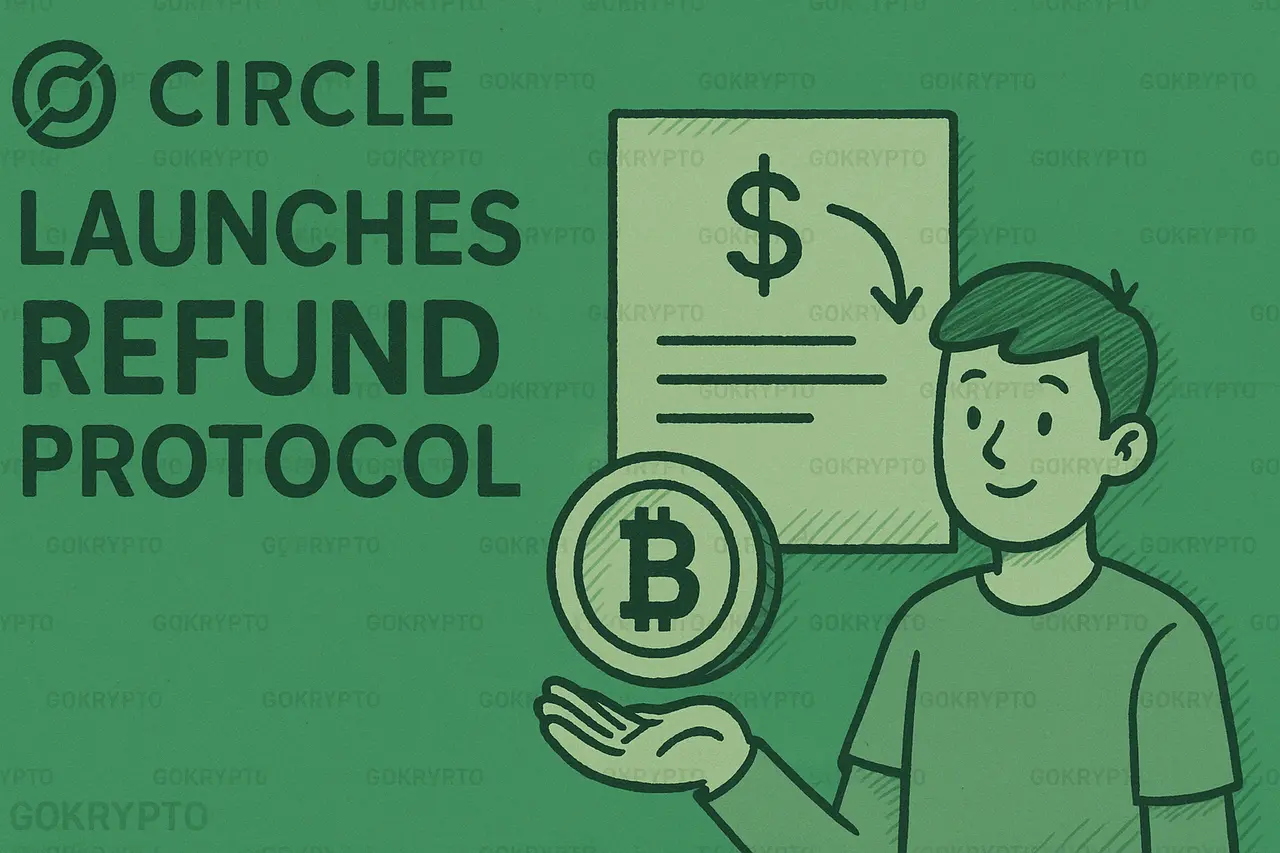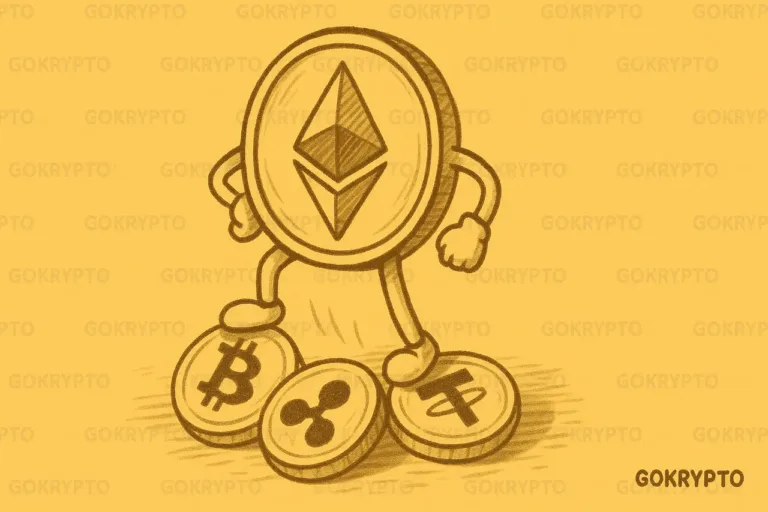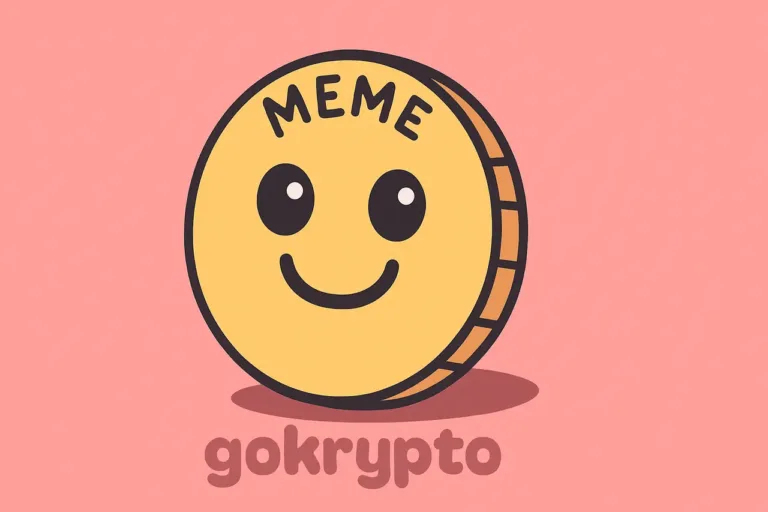Circle Launches Refund Protocol
Circle, the issuer of the USDC stablecoin, has introduced the Refund Protocol, a smart contract framework designed to simplify the refund process in digital transactions.
This initiative aims to enhance transparency and efficiency within the blockchain-based payment ecosystem.
Overcoming the Limitations of Traditional Models
According to information we gathered from Beincrypto, in conventional stablecoin payment models, funds are often held in escrow under the supervision of third parties, which can lead to delays and a lack of transparency.
Refund Protocol addresses this issue by enabling on-chain dispute resolution through smart contracts, eliminating the need for intermediaries and speeding up the refund process.
Key Features of the Refund Protocol
- Non-Custodial Escrow: Funds are held in smart contracts without third-party control, enhancing user security and trust.
- On-Chain Dispute Resolution: Refund processes are conducted transparently on the blockchain, reducing the potential for manipulation and errors.
- Integration with DeFi and NFT Ecosystems: Refund Protocol is designed for broad compatibility, enabling integration with various blockchain-based platforms and applications.
Circle’s Commitment to Innovation
Circle CEO Jeremy Allaire stated that the launch of the Refund Protocol is an important step in promoting safer and more efficient stablecoin payments.
With an open-source approach, Circle invites the developer community to contribute and adopt this protocol across various use cases.
Challenges and Future Outlook
Although the Refund Protocol offers an innovative solution, its widespread adoption will depend on industry acceptance and applicable regulations.
However, this move reflects Circle’s commitment to pushing the boundaries of digital payment technology and strengthening USDC’s position in the global crypto ecosystem.
Conclusion
With the Refund Protocol, Circle aims to establish a new standard in digital transactions that is more transparent, efficient, and decentralized, paving the way for broader adoption of stablecoins in the future.







